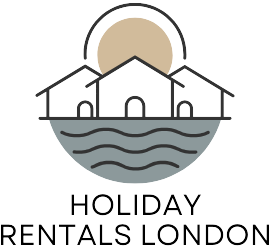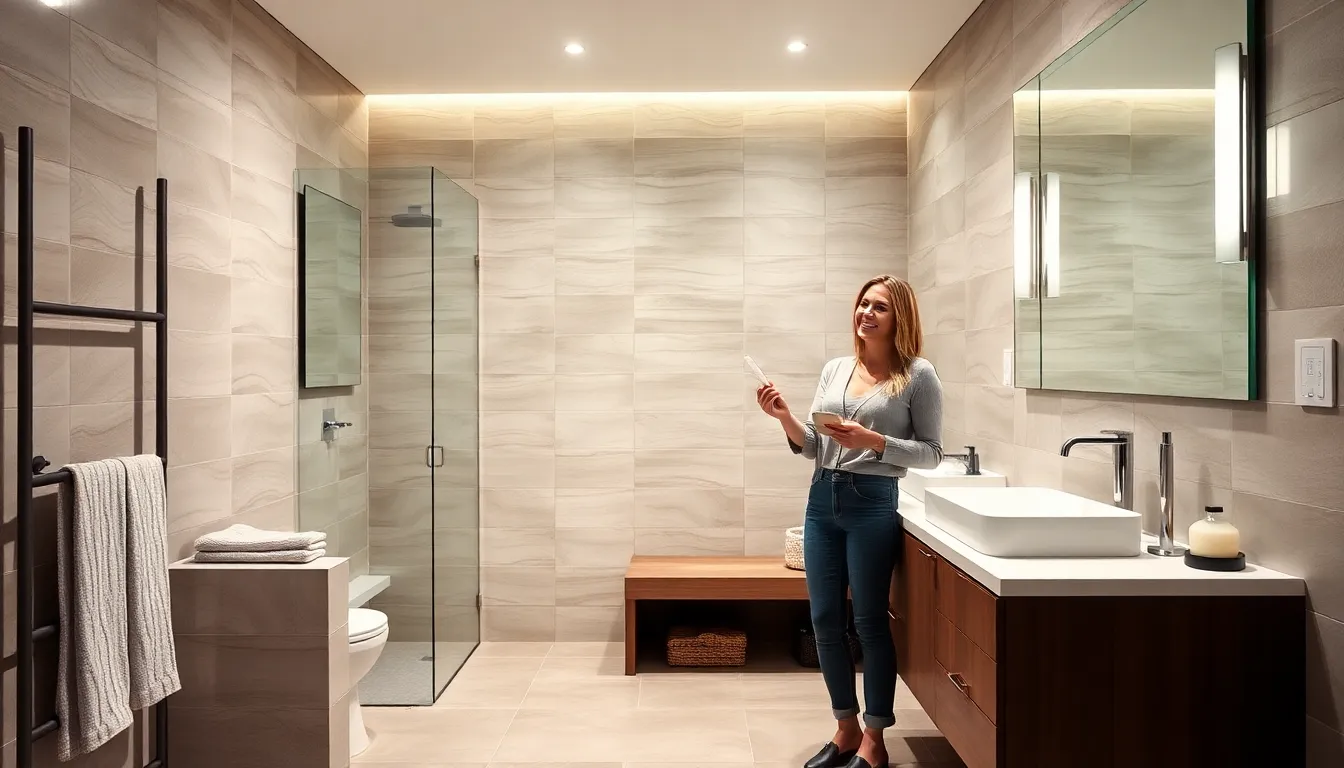Imagine this: you wake up one morning to find your living room transformed into a swimming pool, courtesy of a burst pipe. Or maybe a rogue squirrel decides your attic is the perfect place for a new home. Home safety insurance isn’t just a safety net; it’s your superhero cape in the unpredictable world of homeownership.
With the right coverage, homeowners can rest easy knowing they’re protected from the unexpected—whether it’s a natural disaster or that time the neighbor’s tree decided to take a nap on your roof. Home safety insurance offers peace of mind and a little humor in the face of chaos. After all, who doesn’t want to be the one who’s ready for anything, even if it means dealing with a squirrel in a tiny hard hat?
Table of Contents
ToggleOverview of Home Safety Insurance
Home safety insurance acts as a crucial safeguard for homeowners facing unexpected events. This type of insurance covers various incidents like burst pipes, fire damage, and wildlife intrusions. Coverage levels can vary, so selecting the appropriate plan requires careful consideration. Some policies may include additional protections such as liability coverage, which safeguards against accidents occurring on property.
Understanding what events a policy covers is essential. Policyholders often evaluate personal needs alongside their home’s unique risks. Many insurance providers offer tailored options to address specific concerns such as flooding or theft. Homeowners should examine the details of standard home insurance packages that may lack adequate coverage.
Cost factors influence many homeowners’ choices when selecting insurance. Premiums typically vary based on property value, location, and coverage limits. A higher deductible usually corresponds with lower premiums, making it another important consideration. In some cases, bundling home safety insurance with other coverage types may lead to significant savings.
Additional benefits can enhance the value of home safety insurance. For instance, some policies provide assistance with repairs or restoration following damage claims. Access to emergency services can also be available through specific insurance plans, giving homeowners peace of mind during crises. Overall, comprehensive home safety insurance ensures that property owners are better prepared for the unexpected, reinforcing their confidence in homeownership.
Importance of Home Safety Insurance

Home safety insurance plays a vital role in protecting homeowners from unforeseen incidents that can disrupt their lives. The right coverage offers financial security during chaotic situations.
Protecting Your Investment
Homeowners invest significant resources in their properties. This insurance serves as a safeguard, protecting against costly damages resulting from events like natural disasters, theft, or vandalism. It covers repair expenses that can quickly accumulate, especially in emergencies. By having comprehensive coverage, owners prevent losing their home’s value due to unexpected damages. It’s essential to select a policy that aligns with specific property risks to ensure adequate protection. An informed policy choice can make a substantial difference in long-term financial stability.
Peace of Mind for Homeowners
Safety insurance provides peace of mind to homeowners. Knowing that coverage is in place helps individuals feel secure about potential risks. They can respond to emergencies without the stress of financial burden looming over them. Insurance often includes features like 24/7 emergency assistance and repair services, adding to the sense of security. Feeling protected fosters a more relaxed living environment, allowing homeowners to focus on daily joys rather than potential threats. The assurance that a safety net exists proves invaluable for maintaining overall well-being.
Types of Coverage Offered
Home safety insurance includes various coverage types tailored to protect homeowners from risks. Understanding these options helps in making informed decisions.
Property Protection
Property protection coverage safeguards the physical structure and belongings within the home. Homeowners can expect compensation for damages caused by fires, storms, or theft. Coverage often extends to personal items, including furniture and electronics. Homeowners may select from different levels, ensuring adequate protection based on individual needs. Many policies also provide coverage for detached structures like garages or sheds. When assessing property protection, determining replacement costs and actual cash value proves essential.
Liability Coverage
Liability coverage protects homeowners from legal claims due to injuries or damage that occur on their property. This coverage typically includes medical expenses for injured guests and legal fees related to lawsuits. Policies often cover accidents like slips and falls, which can lead to significant costs. Homeowners may consider increasing their liability limits to enhance protection. Additional coverage options may exist for specific risks, such as dog bites or accidents involving swimming pools. Evaluating personal situations helps in selecting the appropriate liability coverage amount.
Factors Affecting Home Safety Insurance Premiums
Home safety insurance premiums depend on various influential factors. Understanding these elements helps homeowners make informed decisions.
Home Location
Location significantly affects home safety insurance premiums. Homes situated in high-crime areas often face higher premiums due to increased theft risks. Proximity to fire departments and emergency services can lower costs, as these factors contribute to quicker response times. Homes in regions prone to natural disasters, like hurricanes or floods, typically incur elevated insurance rates as well. Assessing local risks provides insight into potential cost variations.
Safety Features and Upgrades
Incorporating safety features can positively impact insurance premiums. Homes equipped with security systems, smoke detectors, and fire alarms often enjoy reduced rates due to decreased risk profiles. Additionally, upgrades like reinforced doors and windows enhance property security, which insurance companies recognize. Installing a home sprinkler system also contributes to savings by minimizing fire damage risks. Evaluating and enhancing safety features ultimately benefits homeowners by lowering insurance costs.
How to Choose the Right Home Safety Insurance Policy
Choosing the appropriate home safety insurance involves careful consideration of several factors to ensure optimal coverage.
Assessing Your Needs
Evaluate personal circumstances to determine coverage requirements. Homeowners should identify specific risks related to location, such as vulnerability to natural disasters or crime rates. Property characteristics like size and age also affect insurance needs. Review belongings and their value to decide if additional coverage is necessary for high-value items. Incorporate potential liability risks, such as pools or pets, into the assessment to avoid gaps in protection. This thorough analysis enables homeowners to present their unique situations to insurance providers, ensuring customized policies that fulfill specific needs.
Comparing Providers
Research various insurance providers for comprehensive home safety insurance options. Analyze different policy offerings and endorsements to determine which align with personal needs. Review customer ratings and feedback to gauge service quality and claims process efficiency. Request quotes from multiple companies, as these can significantly differ based on factors like location and coverage levels. Evaluate the financial stability of each provider to ensure long-term reliability. Prioritizing transparent terms and conditions helps in avoiding any surprises or hidden fees down the line. Making informed comparisons leads to selecting the most suitable provider for home safety insurance.
Home safety insurance represents a vital component of responsible homeownership. By understanding the various types of coverage available and assessing personal risks homeowners can make informed decisions that protect their investments. The right policy not only safeguards against unexpected events but also fosters a sense of security and peace of mind.
Investing in home safety insurance means being prepared for the unforeseen while maintaining the home’s value. With tailored options and potential savings through bundling, homeowners can find coverage that fits their unique needs. Ultimately, having a reliable safety net allows them to enjoy their homes without the stress of potential financial burdens.




